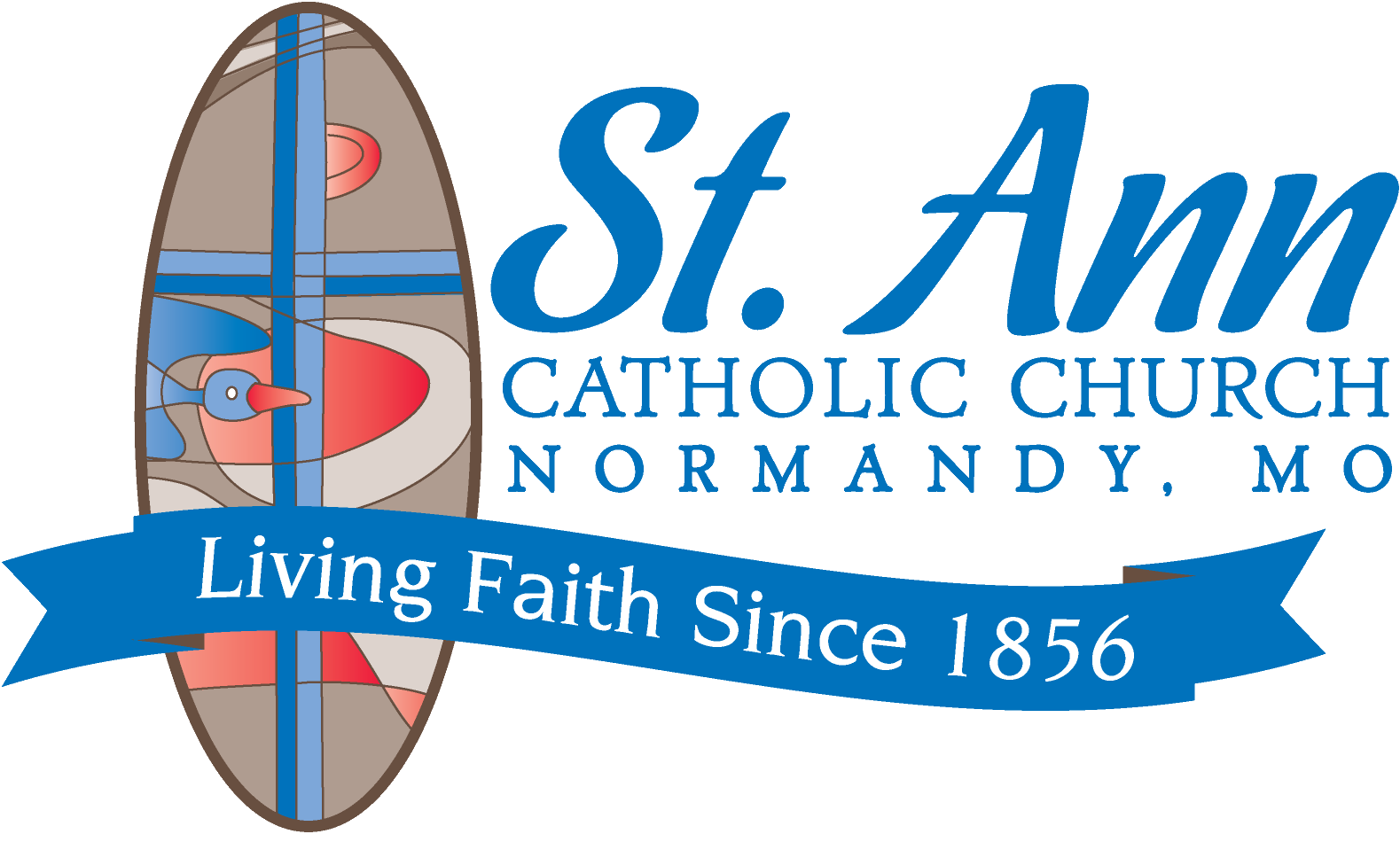What’s wrong with our St. Ann crib scene?
There is a bit of a problem with the St. Ann nativity scene, apparently for at least as long as I have been pastor. One of the three kings is missing. The figurine that I had been so diligently moving window by window as one of the three kings is actually either another shepherd or the camel caretaker. How do we know this? There is no third gift, nor crown upon his head. We have the box with the gold. We have the silver censor indicating the frankincense. But where is the myrrh? Where is the Magi with “the bitter perfume, that breathes a life of gathering gloom?” I don’t think I have ever seen that one here at St. Ann. (As one 8th grade student commented: “So, Father, it seems we’re missing the Myhrr-man…”)
Perhaps there is some divine symbolism God wants us to not miss here at St. Ann, I don’t know. But of all the gifts the Magi brought to honor the newborn King, myrrh would have to have been the hardest one for Mary and Joseph to swallow. The gold – “No problem,” thinks Joseph. “A little careful saving and we have his rabbinical college fund in place. Incense? The house could always use a little something to cover up the odors. But the myrrh? Why would I want to be reminded of the shortness of life by having burial perfume around?” On some level, everyone parent knows that one day their child will die, as they will, and every parent prays that THEY never live to see that day. But “sorrowing, sighing, bleeding, dying, sealed in a stone cold tomb?” – do I have to inject that somber note into my Christmas ruminations?
Matthew is careful to tell us “Yes.” You see, there are a few things incredibly striking about this infancy narrative of Matthew’s. First: people will resist both the message and the messenger. Herod becomes the first example of those who will be threatened by this child and the message of change that his kingdom portends. We know the kind of ‘homage’ Herod intended to ‘greet’ this child with once he found out where he was. “Don’t over romanticize this idyllic scene displayed in the ceramic figures up here,” Matthew tells us. Jesus’ coming is life and death kind of stuff, with deadly consequences for all who would acknowledge this child. The purpose of Jesus’ incarnation is all about his dying on the cross. Though the celebration of his birth is the dawn of our salvation, its fulfillment comes after he has been sealed in that stone cold tomb. Don’t misplace the myrrh-man…
And secondly, Matthew crafts this story about the star and the Magi to confront his Jewish audiences’ prejudices about God and salvation. Jesus came, not to remain anonymous and unknown in some backwater town in Galilee, or in some small part of our hearts. Nor did he come to be the sole possession of the Jewish people. Rather, the Christ was born so that he would be KNOWN to us – that he be the center of our lives and our world. The purpose of Jesus’ birth, life, death and resurrection is that he is revealed to us as the pattern of our lives and the gateway to our salvation. We are destined for union with him. We are destined for glory with him. And we’ll only know that as we are willing to make the journey through the death of our own wills and hearts, the taking up of our crosses to embrace his way of life. Which brings us back again to the myrrh-man – and the challenge to accept the death to self that he symbolizes.
What’s wrong with the St. Ann crib scene? Everything or perhaps nothing. Everything if we miss the gift of myrrh and the journey it symbolizes for our lives. But nothing, if the reason why that figurine is gone is because we are the ones bringing that gift to our Lord! As we bring forth the gifts of bread wine to be transformed upon this altar, I invite you to bring forth your “gift of myrrh” – your willingness to live the dying and rising of Christ into all the places of our neighborhood and world that need our sacrificial love. Then we’ll complete this crib scene – by bringing our gifts of Gold, Frankincense and Myrrh to our Savior and King..
